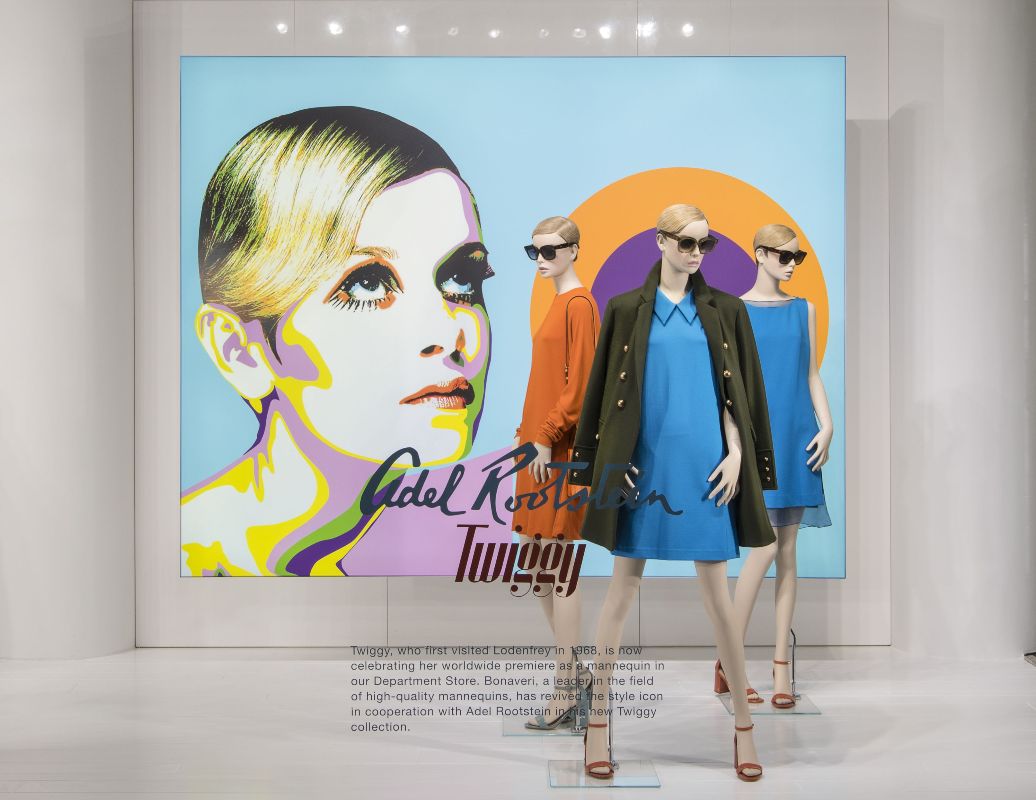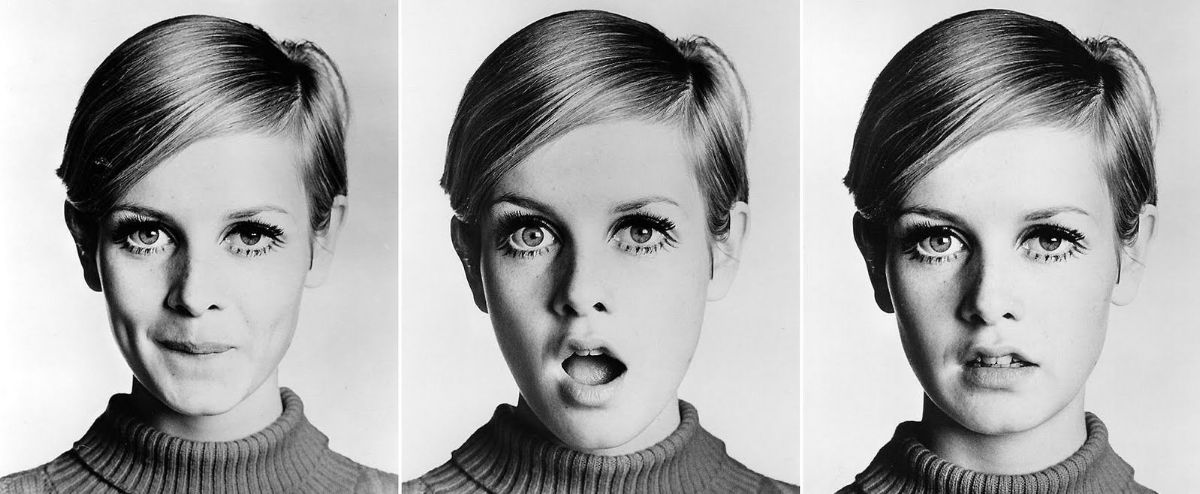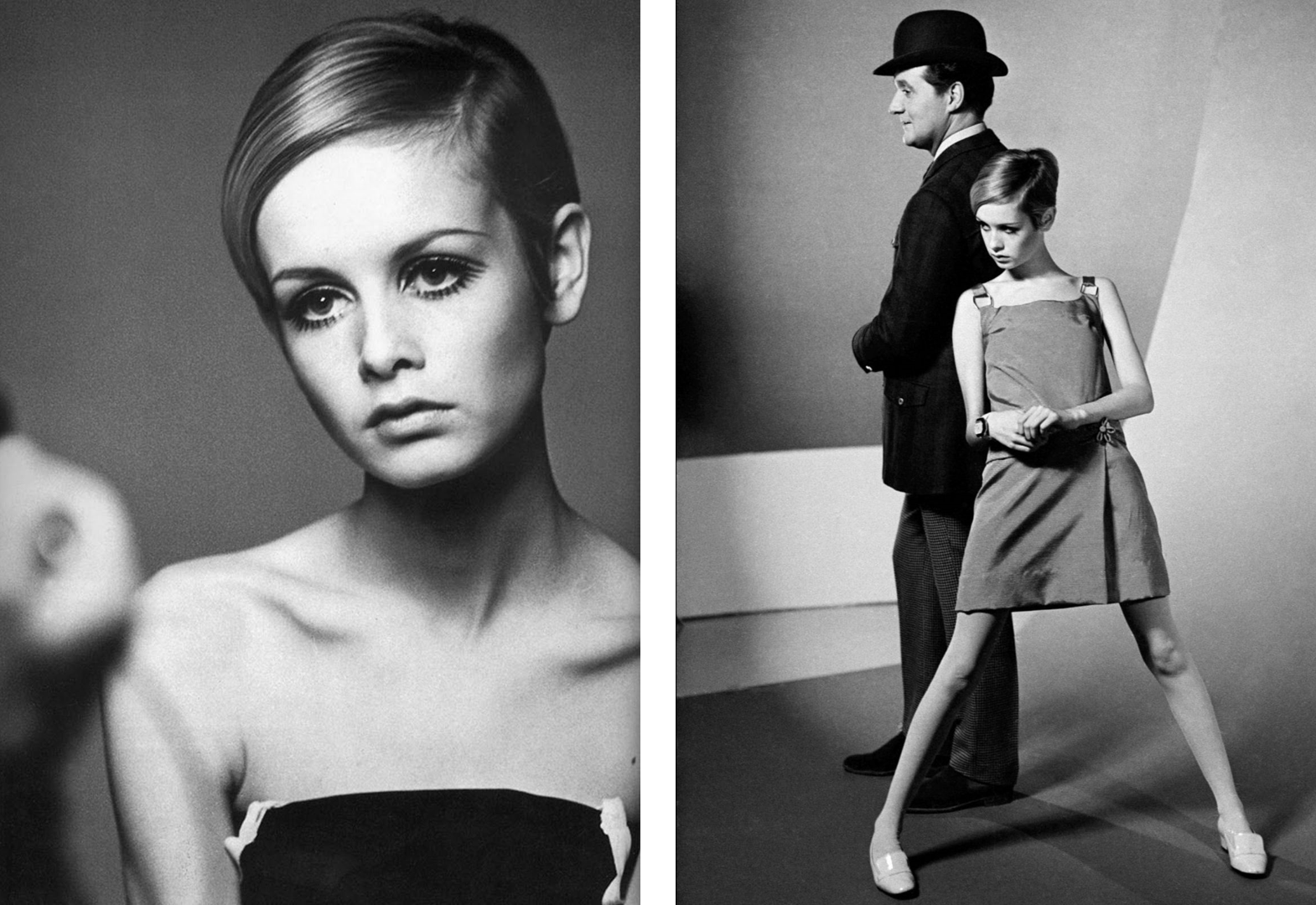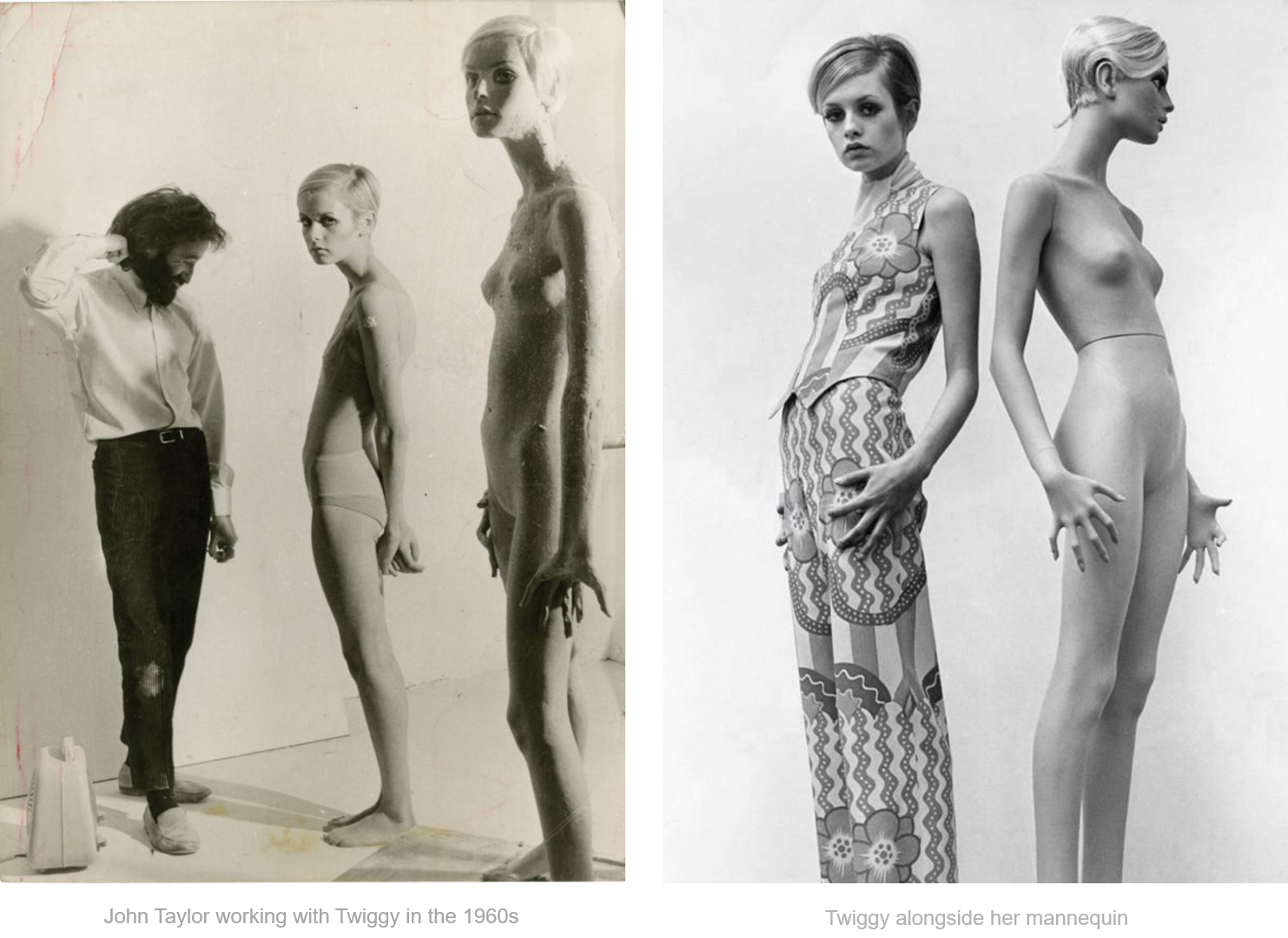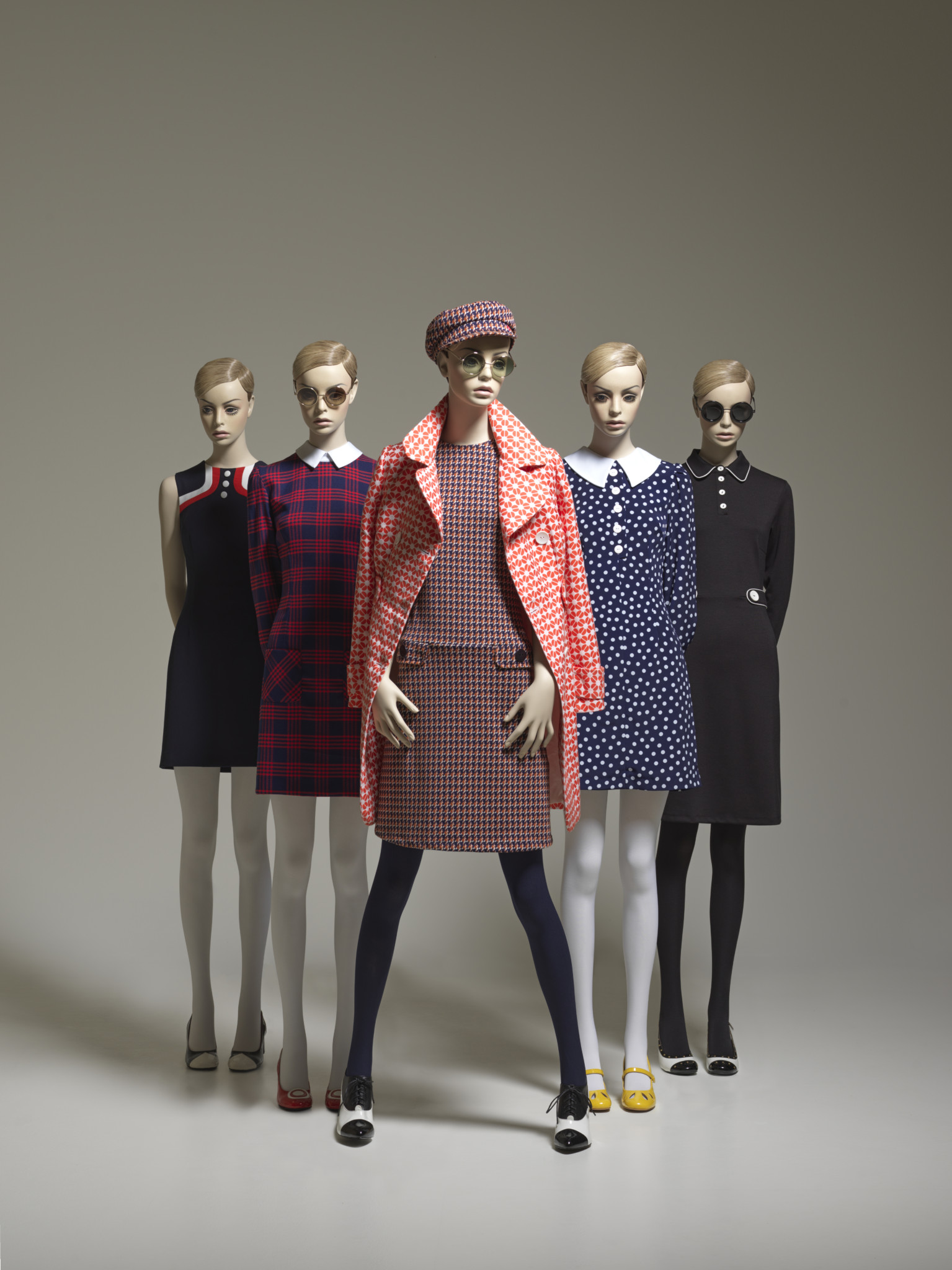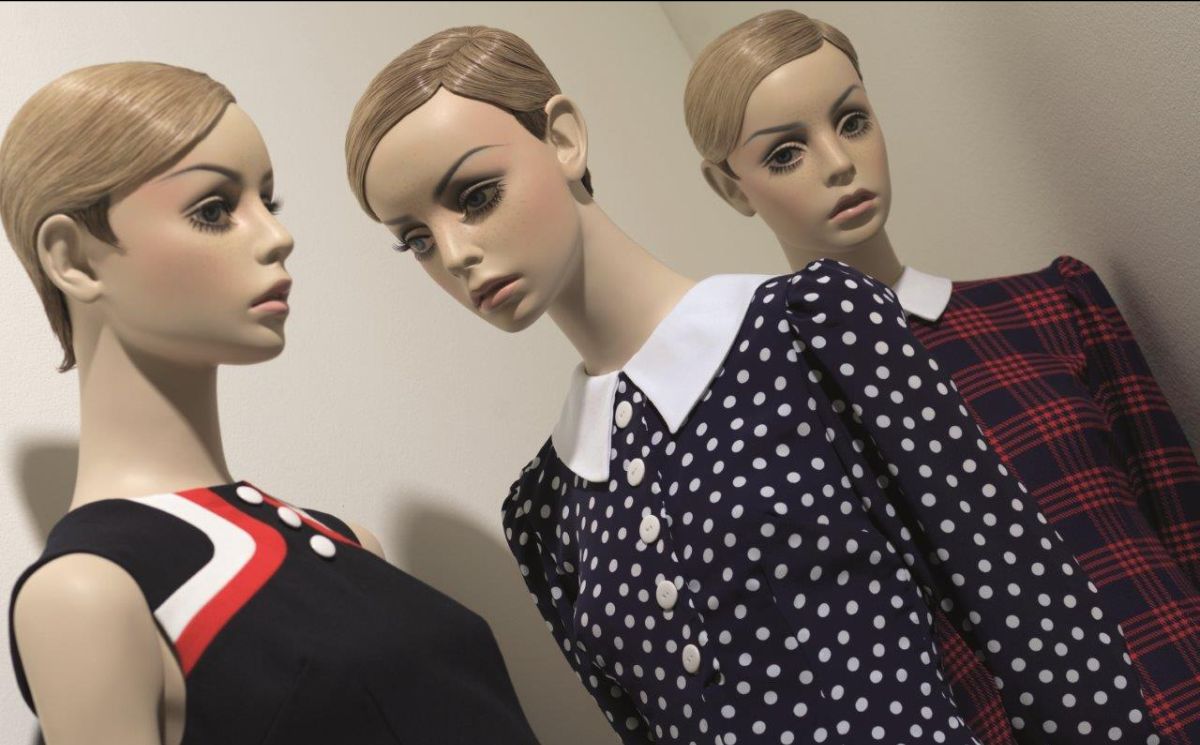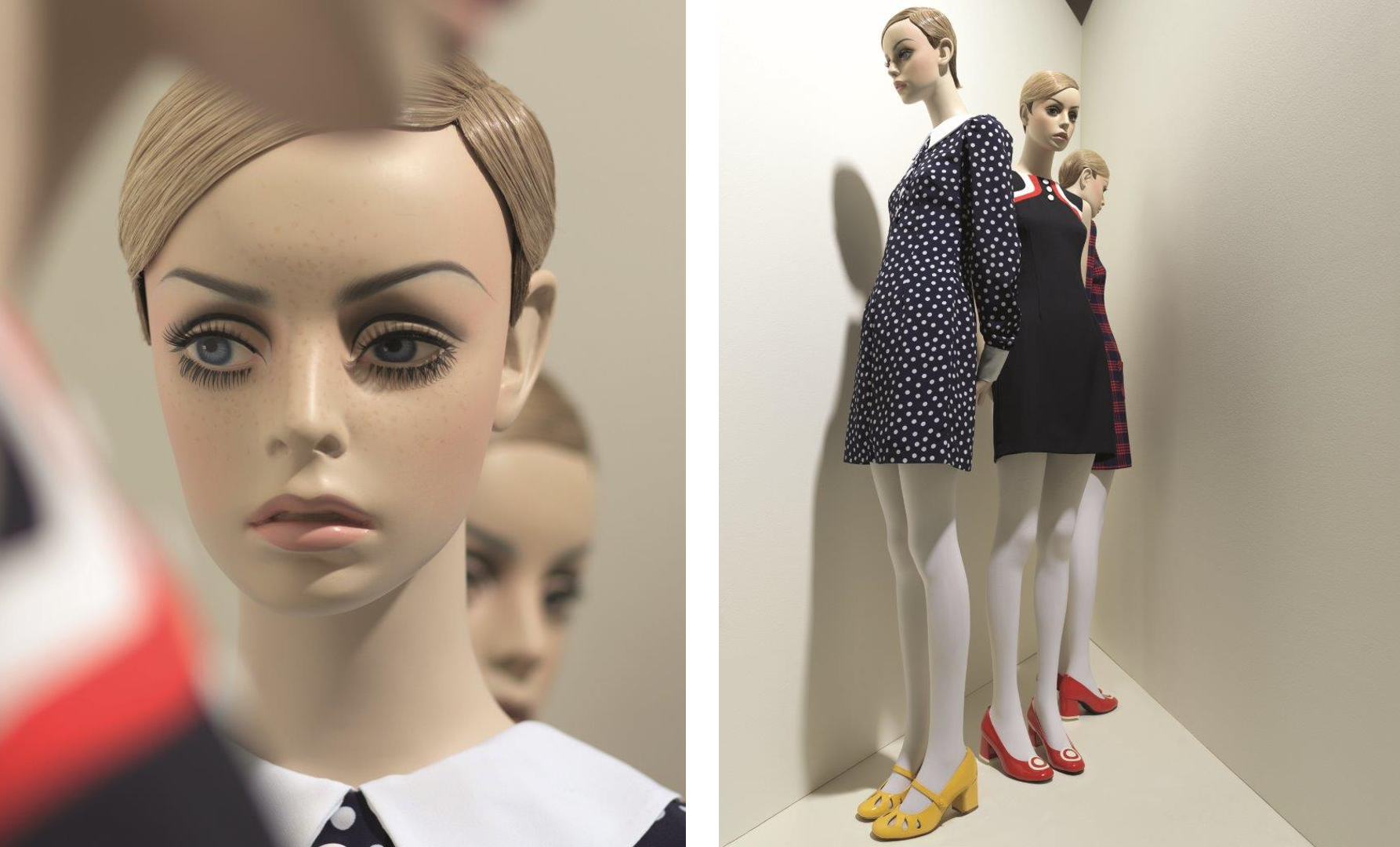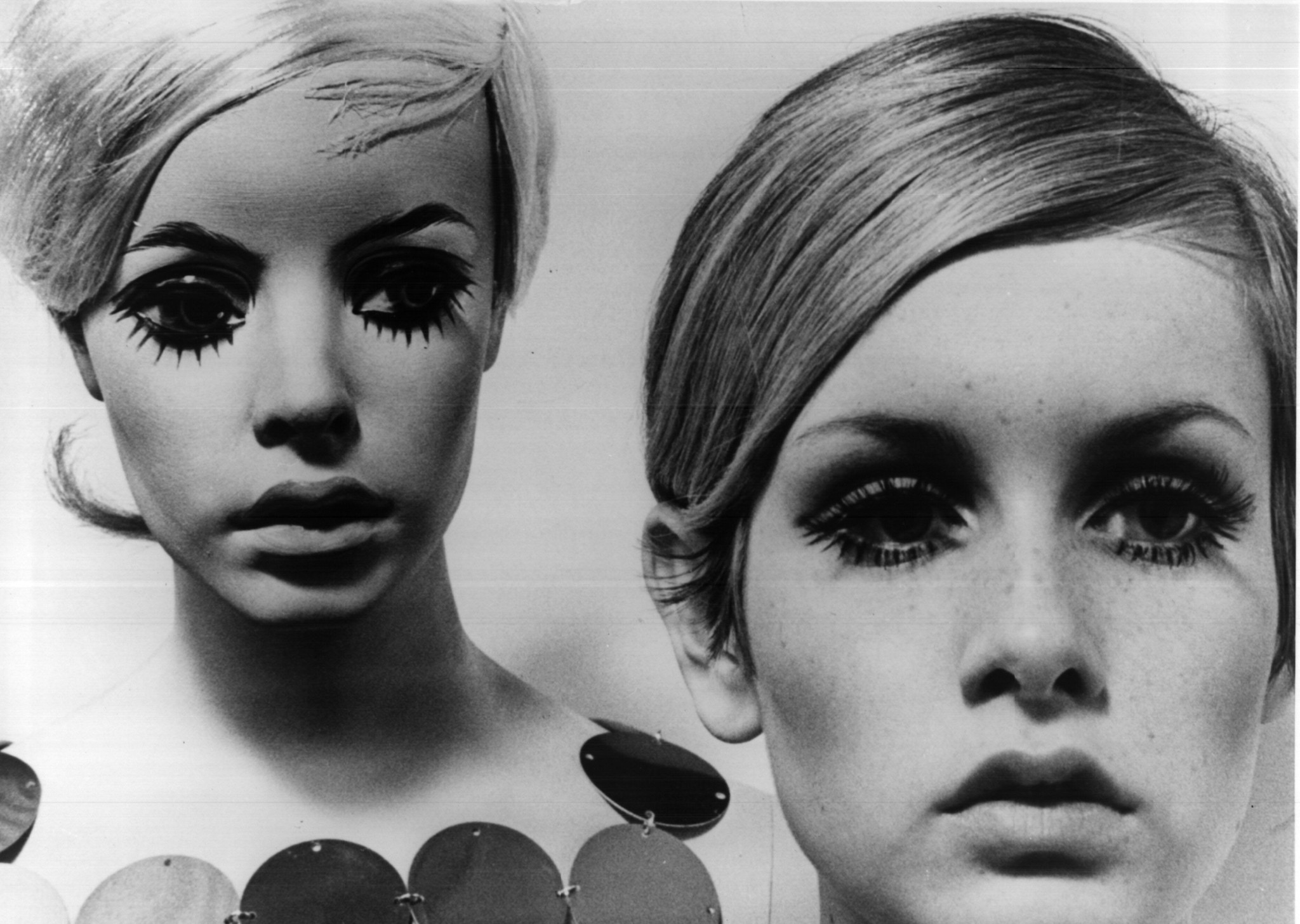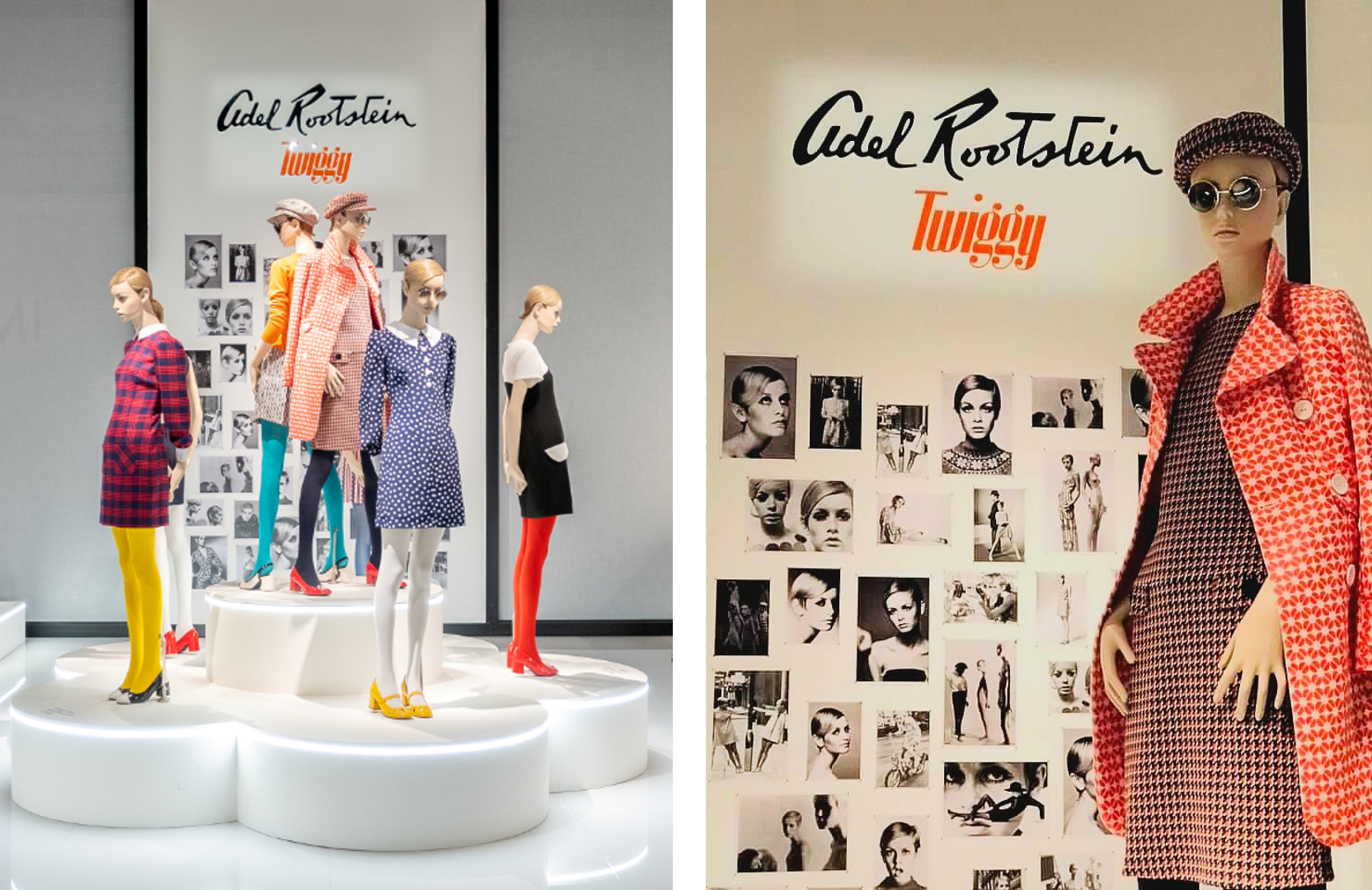How many of you know “The Swinging London”?
It was April 15, 1966 when weekly magazine, Time, invented this definition to describe London, a city that had become the capital of style. On the banks of the Thames trends in art, music and fashion were born, attracting entire generations from across Europe and the USA.
The Beatles climbed the charts and Mary Quant invented the miniskirt. The story of James Bond had been written into future history. Pop Art was born and shop windows of Carnaby Street were filled with colour.
Among the fashion models of the time, one in particular was becoming very popular with fashion magazines: Twiggy (aka Lesley Lawson), also known as “the face of Swinging London”.
Twiggy – Photo by Bert Stern
Mary Quant chose Twiggy for the launch of the mini skirt, making her an instant style icon. Her petite body, with apparently clumsy attitudes, “boyish” cut and makeup with false eyelashes (which became a must at the time) made her a model to follow. Twiggy became the muse of illustrious artists and photographers such as Andy Warhol and Richard Avedon.
Some archive images of Twiggy
Adel Rootstein, founder of the eponymous London company of realistic mannequins, was also captivated by her charms and spotting an opportunity, would create a collection based on Twiggy.
After Twiggy, other acclaimed models posed for Rootstein’s sculptor, John Taylor, and in so doing, they changed the face of the store window display forever.
Bonaveri has shone light on the legacy of Adel Rootstein and her company, sharing her vision with a younger generation of visual display artists. Her originality and innovation lives on in the embodiment of a new Twiggy, reinterpreted for a new audience.
We are delighted to introduce to you, Twiggy, “The Queen of Mod”.
Twiggy
The return of a fashion icon
Time travel doesn’t just happen in movies or in novels. This is the case of Twiggy collection that brings back to the scene the most iconic image of the Rootstein brand. It is the dawn of a new beginning for the famous English brand, which has only recently become part of the Bonaveri group with the rebirth of one of the most historical collections that transformed the relationship between fashion and the mannequin.
In order to appreciate the present, we must look to the past. In this case it is the late 1950s and Adel Rootstein has just embarked on a lifetime’s journey creating the now iconic, Rootstein mannequin brand. Her subsequent work would establish her as an industry trailblazer, a highly respected figure whose innate ability to identify and capture cultural moments set her apart from her contemporaries.
One such personality, and the subject of Rootstein’s very first mannequin collection, is Twiggy, a diminutive 17 year old whose mannequin encapsulates the spirit of the teenager. With a height of just over 1.60 m, size 40 and an unusual pose, she is a perfect reproduction of the iconic model. Twiggy became an emblem of change and a symbol of rebellious youth culture.
Twiggy alongside her mannequin
In that first collection, modelled on Twiggy, we see how the values of an entire era, an aesthetic and vibrant culture would go on to influence the wider world.
Twiggy by BONAVERI
The timeless icon on stage at Lodenfrey
The new Twiggy mannequin collection, re-edited by Bonaveri, debuted in Munich in July 2020, in the most important German fashion store.
A tribute to the Swinging London and to one of the symbols of its time.
The launch of the new Twiggy
EuroShop 2020 | Düsseldorf – Germania
The restyling of Twiggy mannequin collection was first launched at the Euroshop exhibition in Germany, last February 2020.
Credits
Press Release: Bonaveri Team
